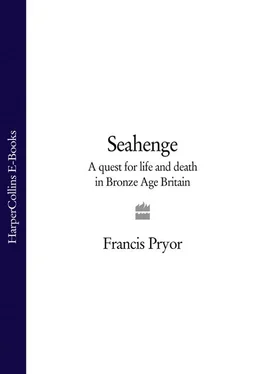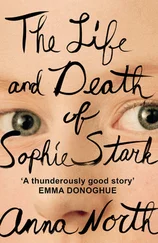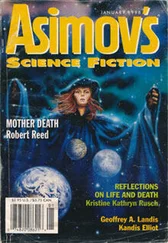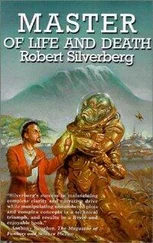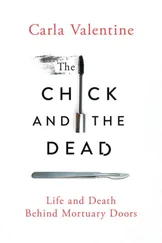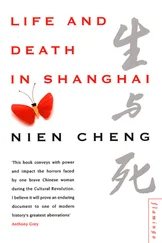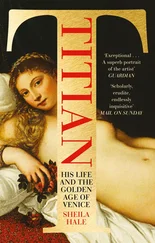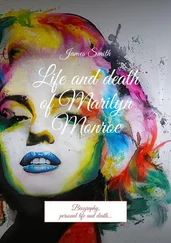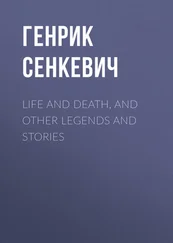About ten years later, I became more interested in the way people thought, and how they ordered their religious and social lives. And what happened? I found myself working in a prehistoric landscape strewn with religious sites, near a small village in Cambridgeshire called Maxey. This more than whetted my appetite for ideology and the afterlife. I was treated to both in ample measure when I then excavated a large Neolithic ceremonial centre at another small village called Etton, near Maxey. But still I wanted more. And it was then, in 1982, that I had the good fortune to discover the extraordinary Bronze Age religious site at Flag Fen, near Peterborough.
Flag Fen is a wonderfully rich and complex site, and understanding it – or rather, trying to understand it – has stretched my imagination to the limits, and has been an invigorating and rigorous (although sometimes very frustrating) challenge. It was while I was deeply immersed in Flag Fen in 1998 that John Lorimer reported his remarkable discovery on Holme beach. And then things began to fall into place, and I realised I had to step back from Flag Fen. I was forced to appreciate that prehistory is best understood as an unfolding, continuing story. It is not about individual sites, however fascinating they might be, but is a saga of human beings, and the different ways they chose to cope with their own particular challenges.
The process of archaeological discovery has been deeply enmeshed with my professional life, and I don’t see how the two can be disentangled. So I won’t attempt the impossible, but will tell the tale as it unfolded around me, blow by blow. My own life and my research life will be part of the same story. But first I must turn the clock back to the final years of my childhood, when the wonders of archaeology were first revealed to me. It was an afternoon that will live with me forever. The time was autumn, the year 1959, and the place Eton College.
There was a warm, dusty smell to the wood-panelled room. A smell I have grown to love: of old books and maps, field notes, brown paper bags, Indian ink, pottery and flint tools. It’s a musty, peaceful sort of smell. A smell that says the world is in proportion. Perhaps it is the atmosphere of antiquity – I don’t know. But whatever it was, it pervaded the Eton College Myers Museum of Egyptology through and through.
George Tait was a senior master, and in the late fifties he was also Curator of the Myers Museum, which was housed in a purpose-built wing at the rear of School Hall. One day I found him working on several heaps of papers, which lay across the big central table and cascaded down to the floor by way of three chairs, an old orange crate and something that had once resembled a foot-stool. He could see I was at a loose end. My head was bandaged from a football injury I had received the day before, and the prospect of a tedious afternoon stretched before me.
‘Wait,’ he said. ‘I’ll find you something to sit on.’ He cleared away the papers from one of the chairs, then said, ‘I’ve got something over here that may interest you.’ After a moment or two, he reappeared holding two huge volumes, which he placed on top of the papers already on the table in front of me. I was amazed. The two enormous tomes were for me?
George Tait returned to his side of the table and lit his formidable pipe. It was a vast smoking machine with a long, straight stalk and a furnace-like bowl, doubtless hewn from timbers drawn from a mummy’s tomb. Into this he stuffed leaves picked from plants grown in his own garden. The dense clouds of smoke smelled just like an autumn bonfire, and bore no resemblance whatsoever to the distinctive aroma of tobacco. Soon my eyes were running freely. But George puffed on regardless, poring over his papers. He was miles away.
I started to read. I had been given Howard Carter’s account of the discovery and excavation of Tutankhamun’s tomb in 1922. It was an inspired choice, and I soon found myself completely gripped by the story of the discovery of the boy king’s mummified body and the fabulous treasures which surrounded him. As I read, I was there, amidst the sands of the Nile and the eerie, cool, dry darkness of the tomb.
After that day I made many visits to the Myers Museum and its larger-than-life curator. But although George Tait had a huge, commanding and at times stern presence, he was a gentle teacher, and was particularly good at helping his pupils grasp difficult concepts. Thanks to him, I grasped the basic principles of the subject that would soon form the centre of my life.
Tait’s archaeology was about people and the way they had lived. It was not about treasures and valuable finds, unless they could shed light on the way ancient communities behaved. Above all else, he explained that archaeology is a methodical discipline: that although Howard Carter made all those extraordinary discoveries in the tomb, he also spent days and days preparing a minute catalogue of his discoveries. He pointed out that Carter was at pains to draw meticulous plans of where everything was found. It took me some time to realise why such care was so crucially important. With hindsight, Tait’s improvised explanation worked well.
‘Just suppose,’ he said, ‘that you’re an archaeologist working two thousand years from now. You discover a room, and in it are two armchairs and a mysterious polished wooden box with a thick glass sheet on one side of it. You have absolutely no idea what this box was used for. Maybe it was worshipped? Maybe it was used to cook with? Who knows? So you decide to seek the help of other archaeologists. Now what do you do?’
‘I send them a list of what I’ve found,’ I suggested, ‘and I describe the chairs and the shiny wooden box as closely as I can.’ It was feeble, but I couldn’t think of a more sensible answer.
‘I doubt if they’d be any the wiser. Would you be?’
I had to admit I wouldn’t.
‘But if you included a sketched plan of the way the armchairs were arranged, how they faced the glassy side of the polished wooden box, then they might work out that the box was a television set.’
He had taught me an important archaeological lesson. Things only make sense in terms of the way they relate to other things. Later I was to learn that archaeologists refer to these inter-relationships as context. To an archaeologist nothing matters so much as context. Context is all. Without context, a find is just a find, a dead object; but with context it comes alive.
My ‘gap’ year out of school in 1963, on what was then known as the Digging Circuit, taught me a great deal about life. Some of the Circuit diggers were perfectly happy to stay as they were. They moved from one dig to another, living in winter squats, tents in summer, or ramshackle caravans. One or two had drink or drug problems, and I soon realised that a high proportion of them were using the Circuit as a retreat from the rat-race. Some of these people were quite sad, but they nearly all shared a belief in what they were doing. I suppose, in the final analysis, that vocation had taken the place of self-esteem, which for many of them had reached a low ebb.
Today, things have changed for the better. For a start, most diggers have a professional qualification, or are in the process of earning one. All are vastly better paid than they were in the early sixties. Site conditions have improved enormously, too: there are self-contained mobile toilets, safety clothing and warm site accommodation. Better pay also means that tents are only used in summer, and then by choice, not of necessity. But despite all these improvements, the life of a professional field archaeologist is still hard. Job security is poor, and most people spend large parts of their lives moving from dig to dig all over the country, and abroad. And then there’s the British climate.
Читать дальше
